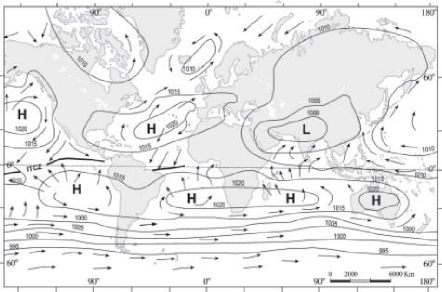Figure 13 – Distribution of pressure (in mb) for January month

Figure 14 – Distribution of pressure (in mb) for July month
4.3. Forces Governing Air Movement
We know that the air pressure is unevenly distributed in the atmosphere and air attempts to balance this unevenness. Hence, it moves from high pressure areas to low pressure areas. Horizontal movement of air in response to difference in pressure is termed as wind while vertical or nearly vertical moving air is called air current. Both winds and air currents form the system of circulation in the atmosphere.
4.3.1. Pressure Gradient
The existence of pressure differentials in the atmosphere is the immediate primary force causing air movement. The rate of change of pressure with respect to distance is the pressure gradient. The pressure gradient force always acts down the pressure gradient, attempting to cause the general movement of air away from high-pressure towards low pressure areas. The force exerted is proportional to the steepness of the gradient (figure 15(a)). The gentler the pressure gradient slower is the speed of the wind and vice-versa.
If alone this force is exerted to the air, wind would have direction perpendicular to the isobars. However, there are other forces also which, in fact, make wind to flow more nearly parallel to the isobars.
